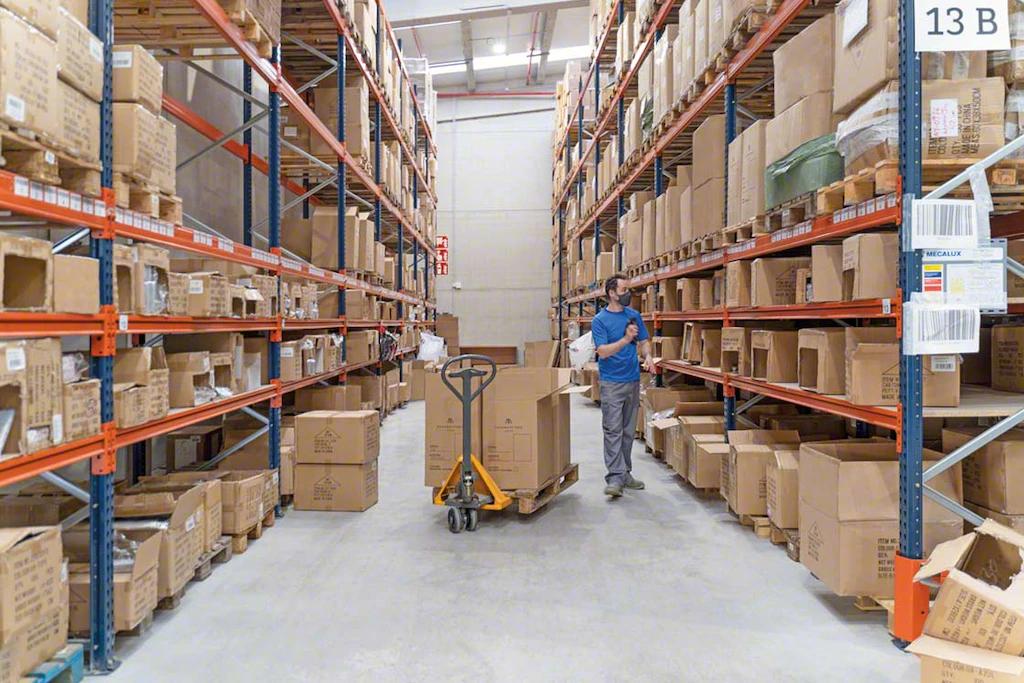How to Avoid Negative Suppliers in Dropshipping
Dropshipping is a popular and profitable e-commerce business model, where you sell products online without having to handle inventory, warehousing, or shipping. You simply act as a middleman between the customer and the supplier, who fulfills the orders on your behalf.
However, dropshipping also comes with its challenges and risks, especially when it comes to choosing the right suppliers. Your suppliers are the backbone of your dropshipping business, as they determine the quality, availability, and delivery of your products. If you work with unreliable or unprofessional suppliers, you can end up with dissatisfied customers, negative reviews, and a damaged reputation.
Therefore, it is crucial to avoid negative suppliers in dropshipping and find trustworthy and reputable ones. But how can you do that? How can you ensure that your suppliers meet your standards and expectations?
In this article, we will share with you five tips to help you avoid negative suppliers in dropshipping and build successful partnerships with positive ones. These tips are based on our experience and research, and they can help you improve your dropshipping business performance and customer satisfaction.
5 tips to avoid negative suppliers in dropshipping:
1. Delve into Exhaustive Research
The first and most important tip to avoid negative suppliers in dropshipping is to do your homework and research potential suppliers extensively. You can’t just pick any supplier you find online and hope for the best. You need to verify their legitimacy, reputation, and reliability.
There are many ways to research suppliers, such as:
- Searching online directories and platforms, such as AliExpress, Alibaba, Spocket, SaleHoo, and others, where you can find thousands of verified suppliers from different niches and regions.
- Reading reviews, ratings, and feedback from other drop-shippers who have worked with the suppliers, and checking their ratings on sites like Trustpilot, Better Business Bureau, and Google My Business.
- Contacting the suppliers directly and asking them questions about their products, shipping times, policies, and procedures, and evaluating their communication skills, responsiveness, and professionalism.

By doing thorough research, you can filter out the negative suppliers and find the positive ones who have a history of delivering high-quality products, fast and reliable shipping, and excellent customer service.
2. Emphasize Transparent Communication
The second tip to avoid negative suppliers in dropshipping is to maintain clear and transparent communication with your suppliers. Communication is key to any successful business relationship, and it is especially important in dropshipping, where you depend on your suppliers to fulfill your orders and satisfy your customers.
You should communicate with your suppliers regularly and effectively, and make sure that you are on the same page regarding your expectations, requirements, and goals. You should also keep them updated on any changes or issues that may affect your orders, such as inventory levels, product variations, customer preferences, and so on.
Some of the best practices for clear communication with your suppliers are:
- Use the preferred communication channels and methods of your suppliers, such as email, phone, chat, or Skype, and respect their time zones and working hours.
- Being polite, respectful, and professional in your communication, and avoiding any rude, aggressive, or demanding language or tone.
- Being specific, concise, and clear in your messages, and avoiding any ambiguity, confusion, or misunderstanding.
- Providing feedback, appreciation, and recognition to your suppliers, and acknowledging their efforts and achievements.
By communicating clearly with your suppliers, you can avoid negative suppliers who are unresponsive, uncooperative, or dishonest, and build positive relationships with suppliers who are responsive, cooperative, and trustworthy.
3. Prioritize Quality Control

The third tip to avoid negative suppliers in dropshipping is to implement quality control measures to ensure that your products meet your standards and your customers’ expectations. Quality control is the process of checking and testing the quality of your products before, during, and after the production and delivery stages.
Quality control is essential for avoiding negative suppliers who deliver low-quality, defective, or damaged products, which can result in customer complaints, returns, refunds, and bad reviews. Quality control can also help you improve your product selection, pricing, and marketing strategies, and increase your sales and profits.
Some of the ways to implement quality control in dropshipping are:
- Ordering sample products from your suppliers and inspecting them personally, or hiring a third-party inspection service to do it for you. This can help you assess the quality, packaging, and shipping of your products, and identify any issues or problems that need to be fixed.
- Monitoring customer feedback, reviews, and ratings, and analyzing the data to find any patterns or trends that indicate product quality issues, such as high return or refund rates, low satisfaction scores, or negative comments.
- Communicating with your suppliers and customers, addressing any quality issues or complaints promptly and effectively, and finding solutions or alternatives to resolve them.
By implementing quality control, you can avoid negative suppliers who compromise your product quality and customer satisfaction, and find positive suppliers who deliver high-quality products and customer satisfaction.
4. Insist on Inventory Consistency

The fourth tip to avoid negative suppliers in dropshipping is to ensure that your suppliers have a consistent inventory level and can meet your demand. Inventory management is one of the biggest challenges in dropshipping, as you have no control over the stock availability of your products.
If your suppliers run out of stock or have low inventory levels, you can face serious problems, such as delayed shipments, canceled orders, and unhappy customers. This can damage your reputation and credibility, and cost you sales and revenue.
Therefore, it is vital to avoid negative suppliers who have inconsistent or insufficient inventory levels and work with positive suppliers who have consistent and sufficient inventory levels.
Some of the ways to ensure consistent inventory in dropshipping are:
- Checking the inventory levels of your suppliers regularly and frequently, and updating your product listings accordingly, to avoid selling out-of-stock or low-stock products.
- Communicating with your suppliers and asking them about their inventory management and replenishment systems, and how they handle fluctuations in demand and supply.
- Diversifying your product sources and working with multiple suppliers who sell the same or similar products, to reduce the risk of stockouts and increase your options and flexibility.
By ensuring consistent inventory, you can avoid negative suppliers who cause stockouts and delivery delays, and find positive suppliers who can fulfill your orders and deliver them on time.
5. Seek Responsive Support
The fifth and final tip to avoid negative suppliers in dropshipping is to look for suppliers who offer responsive and reliable customer support. Customer support is the service that your suppliers provide to you and your customers, to help you with any questions, issues, or problems that may arise during the dropshipping process.
Customer support is crucial for avoiding negative suppliers who ignore, avoid, or mishandle your inquiries or complaints, and who leave you and your customers frustrated and dissatisfied. Customer support is also important for building positive relationships with suppliers who listen, understand, and assist you and your customers, and who make you and your customers happy and loyal.

Some of the ways to look for responsive support in dropshipping are:
- Testing the customer support of your suppliers before working with them, and evaluating their response time, quality, and effectiveness.
- Choosing suppliers who offer multiple and convenient customer support channels and methods, such as email, phone, chat, or social media, and who are available 24/7 or during your working hours.
- Providing feedback, suggestions, and recommendations to your suppliers, and helping them improve their customer support service and performance.
By looking for responsive support, you can avoid negative suppliers who neglect or mistreat you and your customers and find positive suppliers who value and respect you and your customers.
Conclusion
Dropshipping is a great way to start and grow your e-commerce business, but it also comes with its own challenges and risks, especially when it comes to choosing the right suppliers. Your suppliers are the backbone of your dropshipping business, and they can make or break your success.
To avoid negative suppliers in dropshipping and find positive ones, you should follow these five tips:
- Thorough Research
- Clear Communication
- Quality Control
- Consistent Inventory
- Responsive Support
By following these tips, you can improve your dropshipping business performance and customer satisfaction, and achieve your goals and dreams.
We hope you found this article helpful and informative. If you have any questions or feedback, please feel free to contact us or leave a comment below. Thank you for reading and happy dropshipping!








